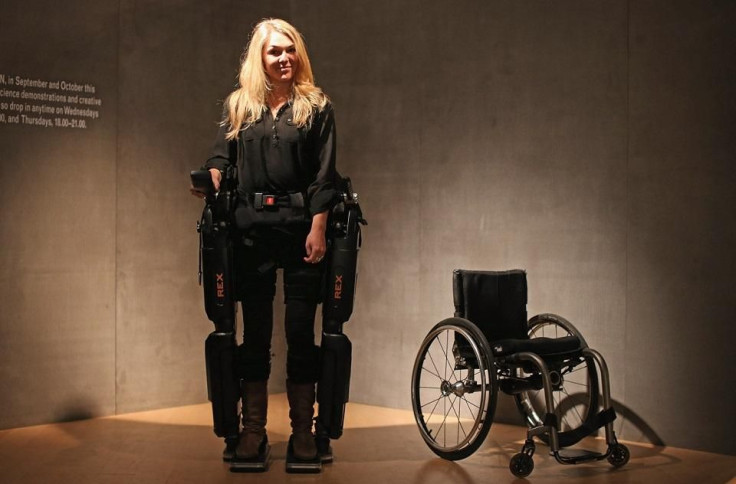Goodbye wheelchair, New Zealand firm develops robotic legs for people with mobility problems

Rex Bionics, a company in New Zealand, is developing robotic legs for people who have lost the ability to move their legs. Using the self-supporting exoskeleton could mean “Goodbye, wheelchair,” for people grappling with mobility issues.
The self-supporting exoskeleton is secured to a person’s leg with straps. A console found in the handle allows the user to sit and walk, supported by the robotic leg, reports GMA.
Richard Little, founder of Rex Bionics, says the inspiration to build robot legs was a multiple sclerosis (MS) diagnosis for his best friend. MS is a chronic ailment that attacks a person’s central nervous system and disrupts the flow of information to the brain, resulting in partial or complete paralysis for some MS patients.
The Rex Bionics team tested the exoskeleton on Jarard Pearce, robotics engineer of Rex who lost the use of his legs a decade ago. After testing the robot legs, Pearce shares that he could walk back home for the first time in a long period and enjoy drinks with friends, which he shows in a video posted in YouTube in 2011.
The team spent four years in the garage developing it until they got something working that could sit, stand and walk, reports Bloomberg.
On March 11, Rex entered into a material transfer agreement with the US Army for a programme of design modification to the REX robotic mobility to allow its use for early ambulation of patients with lower limb loss while waiting for prosthetic fitting and from improved access to early and aggressive standing rehabilitation.





















